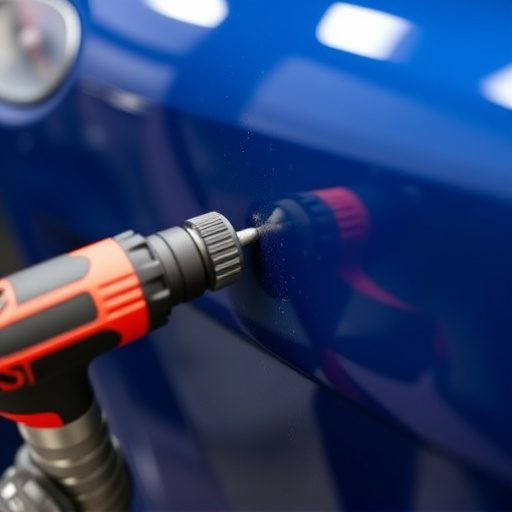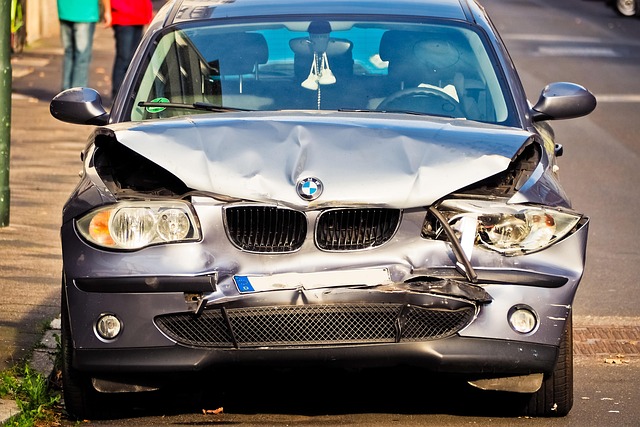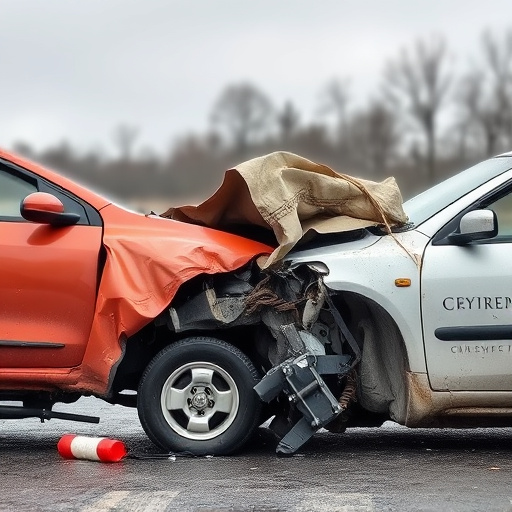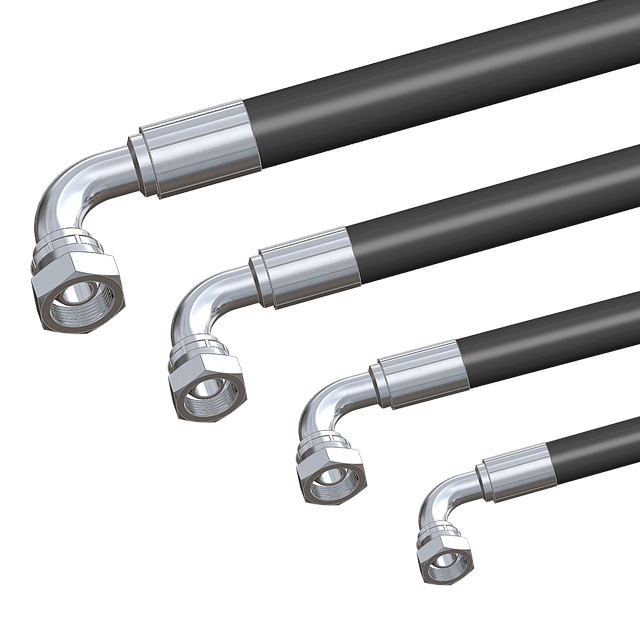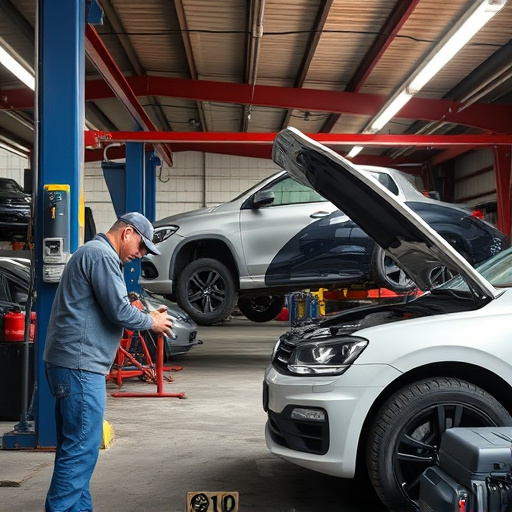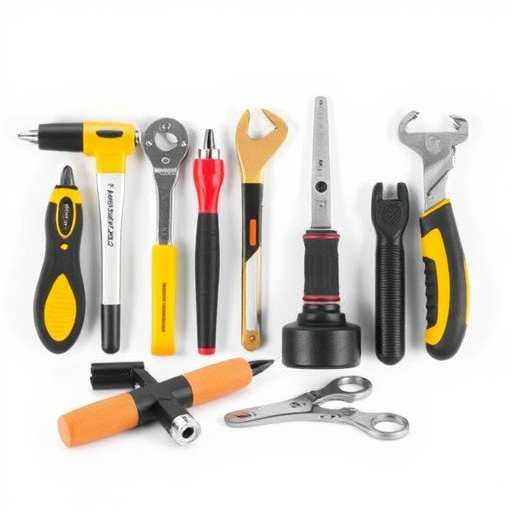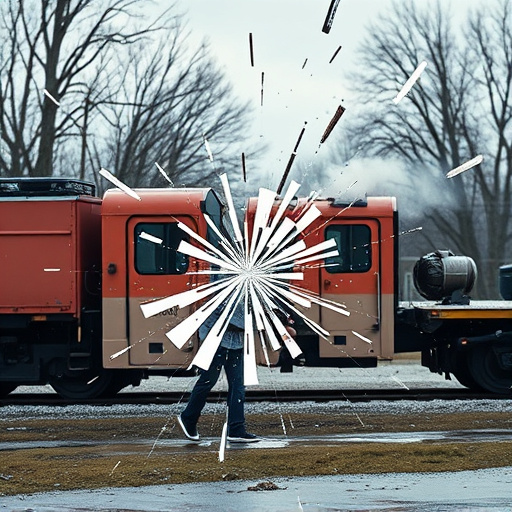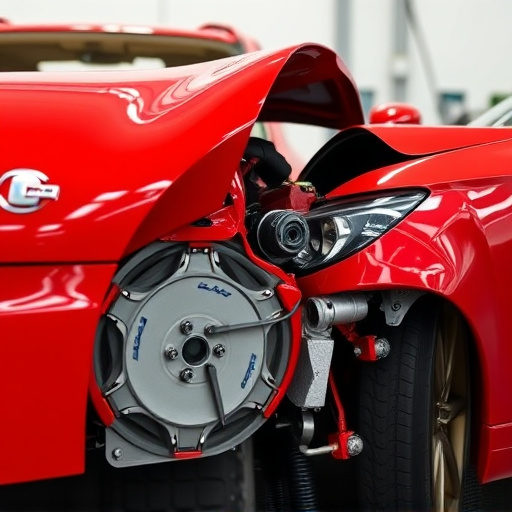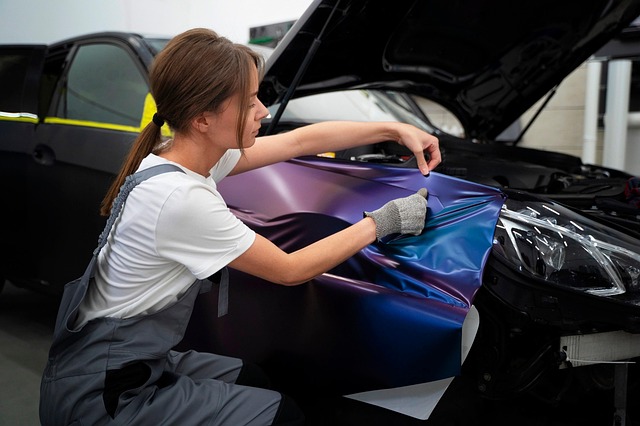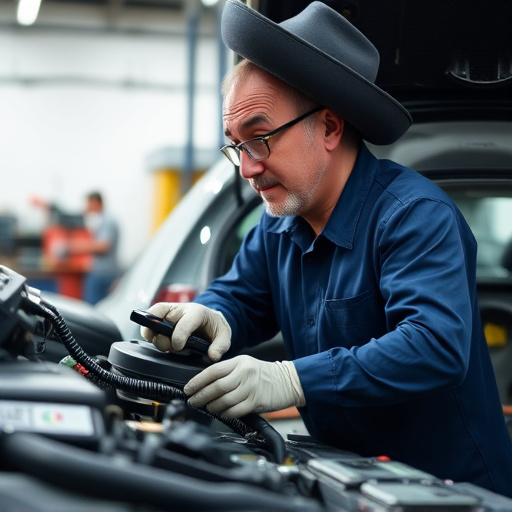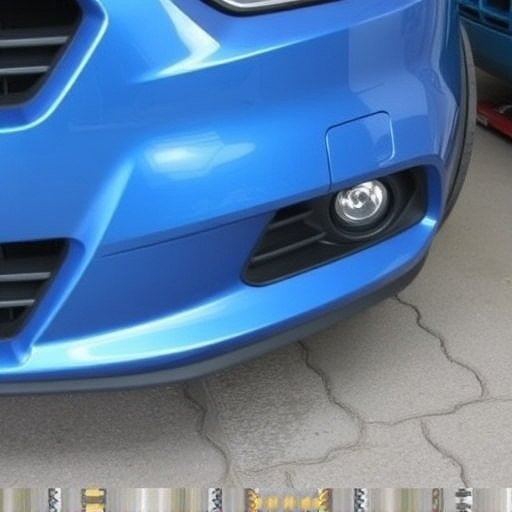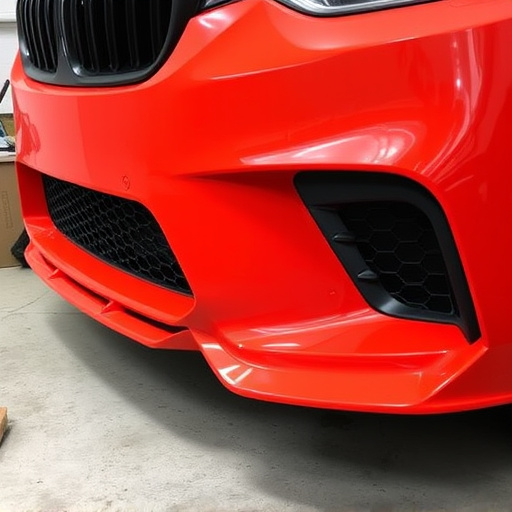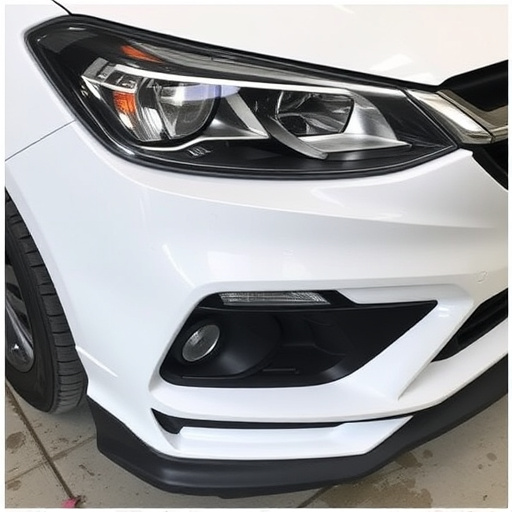Structural damage repair in vehicles, crucial for safety and handling, requires skilled technicians using advanced technology to assess and fix critical frame issues. The cost-benefit analysis of repairs versus replacement is key, especially for luxury cars, considering factors like initial collision severity, part availability, labor costs, and post-repair value to determine if a vehicle is totaled.
Structural damage repair is a critical aspect of automotive care, determining whether a car is considered totaled. This article delves into the intricacies of evaluating such damage, offering insights for both vehicle owners and professionals. We explore when repairs surpass the cost of replacement, highlighting key factors that influence this decision. Understanding these considerations is essential for navigating structural damage repair, ensuring informed choices and effective solutions.
- Understanding Structural Damage in Vehicles
- When Repairs Exceed Cost of Replacement
- Factors Influencing 'Totaled' Car Decision
Understanding Structural Damage in Vehicles
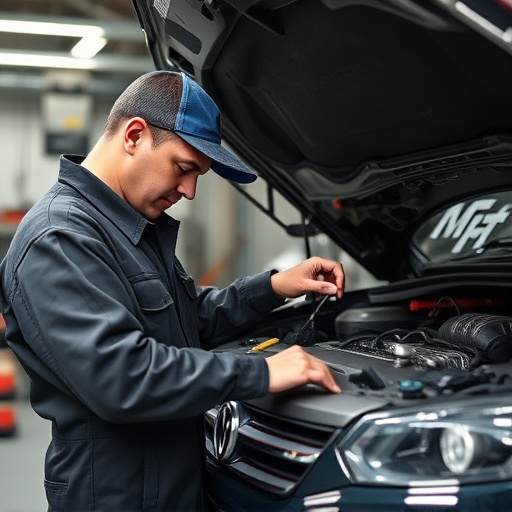
Structural damage in vehicles refers to any significant harm to the car’s frame or structural components, which are critical for safety and handling. This type of damage can result from various incidents, such as severe accidents, natural disasters, or even manufacturing defects. Unlike minor dents or scratches, which can often be repaired by professional dent repair services, structural damage repair is more complex. It requires precise assessment and skilled techniques to ensure the car’s integrity and safety.
In a collision center, trained technicians use specialized equipment and methods to evaluate and fix these issues. They may employ computer-aided design (CAD) technology to precisely measure and adjust the frame, ensuring it returns to its original specifications. The goal is not just to make the car look good but also to guarantee that it can withstand the forces encountered during driving, thereby providing optimal safety for the occupants. Proper structural damage repair is crucial, especially when determining if a vehicle is considered totaled by insurance companies.
When Repairs Exceed Cost of Replacement
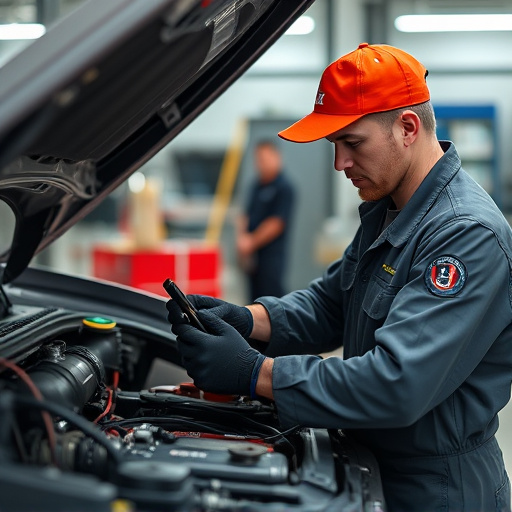
When it comes to structural damage repair, one of the key considerations is whether the cost of repairs will exceed the value of the car post-repair. If a vehicle sustains significant structural damage, such as a crumpled frame or damaged unibody, the repair costs can quickly spiral out of control. In such cases, it may be more economical to consider a total loss and opt for a replacement vehicle rather than investing in extensive repairs.
This decision is especially crucial when dealing with luxury vehicles that have intricate design features and specialized components. Car repair services for these high-end models often come with premium pricing, making the cost of structural damage repair even more substantial. Even with meticulous dent removal and body work, the original aesthetic and integrity of the vehicle might not be fully restored, leaving potential buyers hesitant to purchase a car with such history.
Factors Influencing 'Totaled' Car Decision
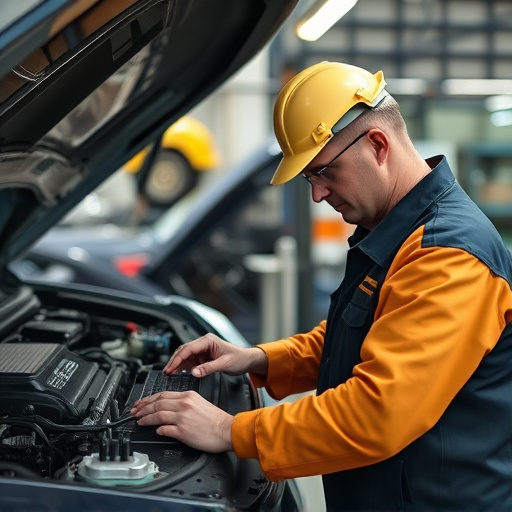
When determining if a car is totaled after structural damage repair, several factors come into play. The severity and extent of the initial collision significantly influence this decision. Major disruptions to the vehicle’s safety features, such as crumple zones, impact-absorbing frames, and rigid body panels, can render it unsafe for road usage. These components are critical in protecting occupants during accidents, so any compromise in their integrity may indicate a totaled car.
Additionally, the cost of collision damage repair services versus the vehicle’s pre-accident value is a key consideration. Even if structural repairs can be executed, extensive work might not be economically viable, especially for older vehicles. The availability and quality of replacement parts, along with labor costs, also factor into this assessment. In some cases, a vehicle’s worth after repairs may be considerably lower than its original value, leading to the classification as totaled.
When deciding if a car is totaled, considering both the extent of structural damage repair needed and the vehicle’s overall value is crucial. If repairs surpass the cost of replacing the vehicle, it may be deemed a total loss. Various factors, such as safety standards and salvage value, influence this determination. Understanding these aspects ensures informed decisions during the structural damage repair process.
